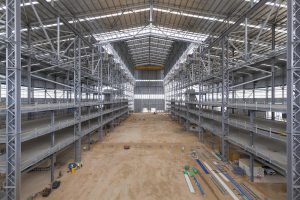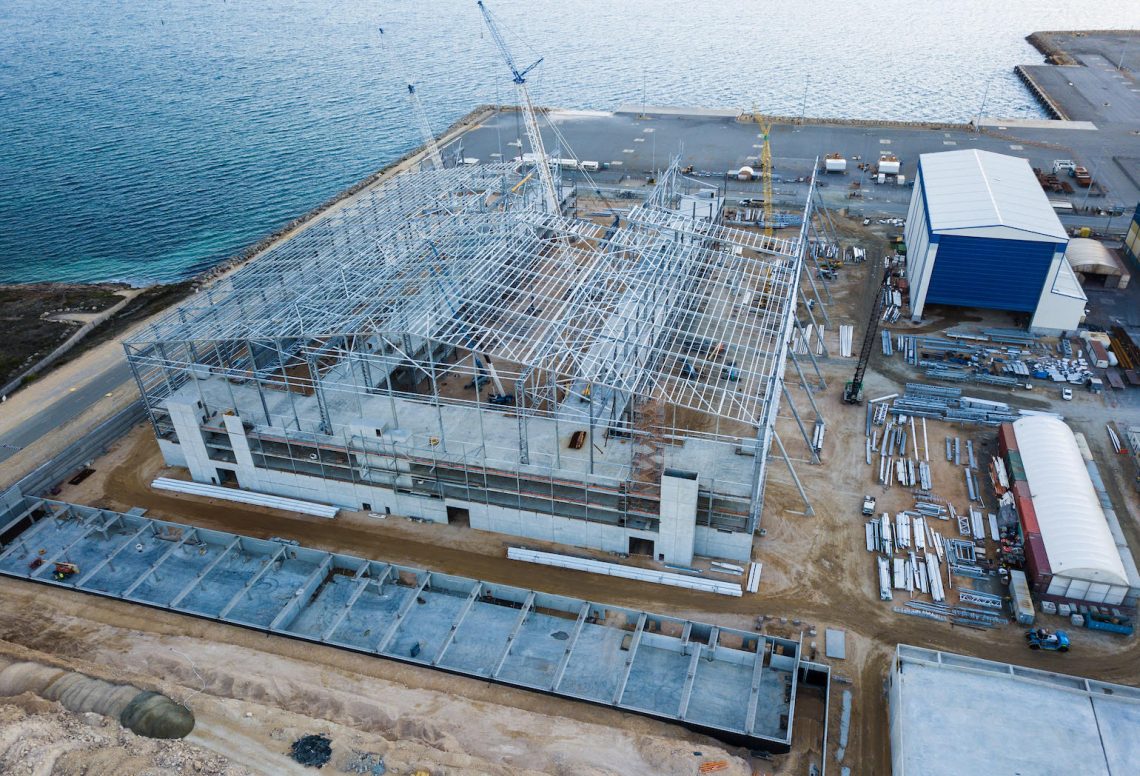Galvanizing is a long-established technique that’s as useful as ever. A new design manual update helps engineers use it appropriately in Australian environments.
Next year marks the 150th anniversary of the Australian Overland Telegraph line. Hailed as a great engineering achievement at the time, it stretched more than 2,000 kilometres from Darwin to Adelaide and linked Australia to a submarine cable, which allowed communication with Europe in roughly seven hours instead of months.
The “Oppenheimer” poles in the line were made from galvanized steel brought from the UK. Many of the poles remain standing today, resisting corrosion in remote locations – a real-world, real-time test of profound durability.
But galvanizing is not a technique that’s stuck in the past, a new design manual from the Galvanizers Association of Australia (GAA) shows galvanized coatings are perfect today for increasing the resilience of steel in many Australian environments. Previously only released as a CD-ROM, the updated and expanded manual is online and will help engineers easily access reference materials on galvanized steel and common coatings.
The update includes a new section on durability that provides clarity around specific uses in the atmosphere, soil, concrete and residential or commercial buildings. It also outlines details relating to the service life and durability of commonly used galvanized coatings. Other updates include the addition of guidance for conditions specific to New Zealand environments and new information on sustainable construction.
The Galvanizers Association of Australia is the industry association for hot-dip galvanizing companies in Australia. It provides free technical publications and practical assistance on the design, application, process, bolting, welding and painting of galvanized steel.
“This is a great resource of technical data for engineers and anyone working with galvanized steel. Rather than provide offline copies, we’ve shifted the resource online so that it’s mobile accessible and becomes the one place for the latest information and future updates,” says Peter Golding, CEO of the GAA.
“The zinc coatings we use in galvanizing processes are proven to help extend the service life of structural steel. Our new section on durability adds in our latest approaches to determine service life and helps with planning the design of structures everywhere around Australia.”
While the estimates for service life depend on the thickness of coatings and environmental specifics of its location, these are usually quite conservative – the poles from the Overland Telegraph line are testament to that.

Up to standard, by design
Recent changes from Standards Australia in 2020 to AS/NZS 5131 Structural Steelwork – Fabrication and Erection and AS 4100 Steel Structures have been incorporated throughout the new design manual. These Standards are increasingly being used across many roads, bridges and other public infrastructure projects.
“All of our guides align with industry and Australian Standards and will be updated as Standards change. Galvanizing serves the steel fabrication industry, so it’s important for all fabricators and steel designers to understand the galvanizing process, its benefits, and its limitations. This online design manual gives guidelines to do that, and lets them know they are meeting Australian Standards,” says Golding.
It’s not just GAA that’s pleased with the new manual, representatives from other associations also appreciate its utility.
“The launch of an online manual allows for easy access for steel fabricators to the most up-to-date fabrication best practice and helps engineers estimate the durability of hot-dip galvanized steel,” says Dr Peter Key, National Technical Development Manager, Australian Steel Institute.
“The addition of a new section on sustainability, including the GAA’s Environmental Product Declaration, adds to the case for steel in sustainable construction. The new manual will be a valuable tool for the steel industry in Australia.”
Ross Boucher, General Manager, Australasian Corrosion Association (ACA), agrees.
“Corrosion costs Australia between 3.5% and 5.2% of GDP or between $43 and $63 billion each year. The ACA estimates corrosion costs can be reduced by up to 35 per cent with more durable designs. The new GAA Design Manual is an essential online resource for engineers to use to improve the durability of steel structures using recognised Australian Standards,” he says.
While the new manual is available entirely online, some individual chapters are also available to download from the GAA resources site. For the most up-to-date information, engineers are recommended to now use the new site as their reference material.
Please visit and bookmark the new Design Manual from the Galvanizers Association of Australia at designmanual.gaa.com.au.




